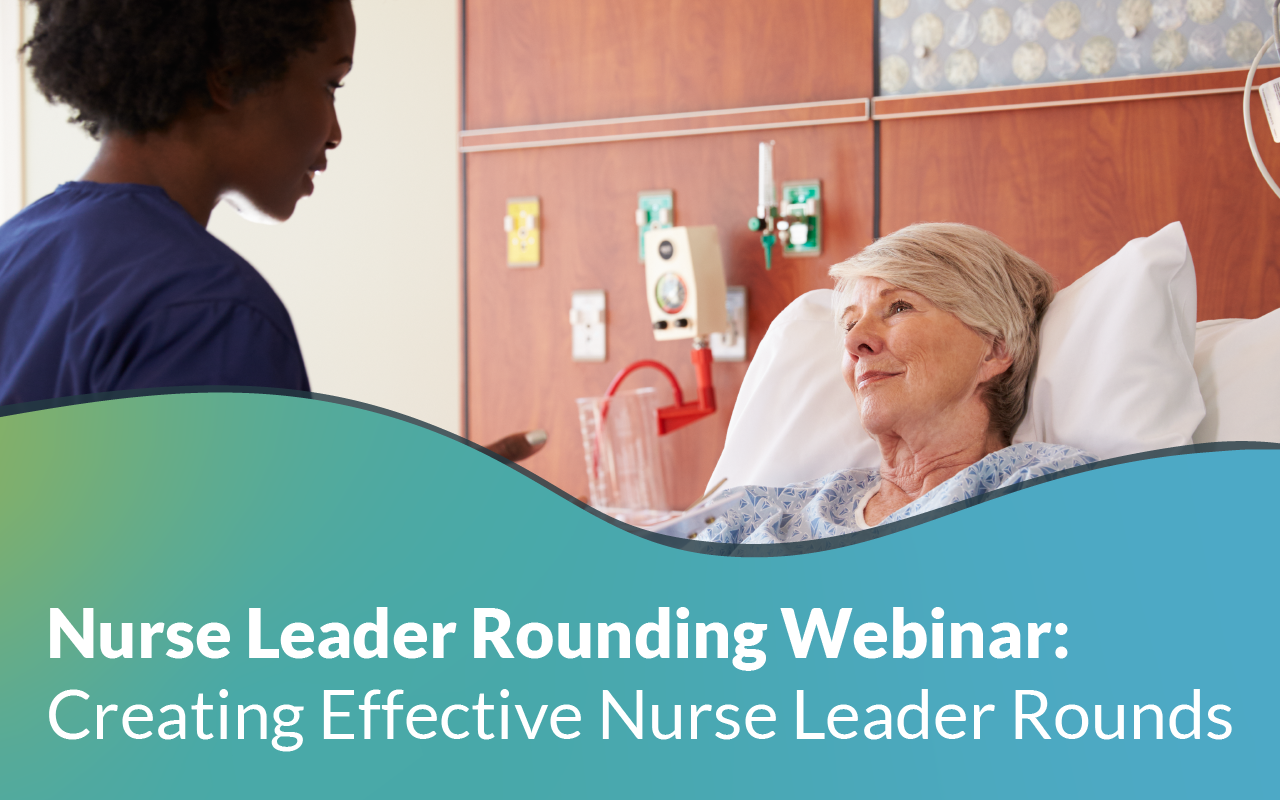
3 min read
Improving the Emergency Department Patient Experience
Nobl Health Aug 16, 2019 6:50:00 AM
The emergency department often is a patient’s first encounter with a hospital. This poses a unique opportunity for departments to get the patient’s experience off to the right start.
As leaders of these departments, we must never forget that small things do matter and that a patient’s experience is the sum of all their experiences and interactions. In this article, we are going to share two different strategies to understand the voice of your patients and employees that visit and work in your emergency department.
Part 1 - Leader Round to Gather Feedback for Service Recovery and Operational Transformation
A great way to discover the positive or negative aspects of your emergency department patient experience is to actively round on patients and families while they are in the emergency room. Using the Nobl Rounding Platform, questions can be customized for each area (registration, triage, waiting room, treatment areas, diagnostic testing, or even the ambulance bays), and can be changed as often as needed.
At Nobl, we recognize the unique setting that emergency departments pose to the traditional leadership rounding model. In the emergency departments, leaders must assess when it’s appropriate to round, who to round on, and how to tailor the conversation to the patient and family.
Before rounding begins, consult the unit nurses to determine who would be a good candidate to receive a leader round. You can also check the unit status board. You will need to tailor the conversation with the patient depending on what stage they are at with their emergency department visit.
As you build your leader rounding on patient questions, consider questions that audit key nursing behaviors and processes, harvest wins and recognitions, and address patient concerns in real-time.
Below is an example nurse leader rounding form for rounding on emergency room patients.
|
Knowledge of delay |
Do you know what you are waiting on currently? |
|
Comfort |
Have you been asked how we can make you more comfortable? |
|
Staff Rounding Times |
How often have staff rounded on you during your visit? |
|
Listening and Responding |
Do you feel your care team (nurse and provider) are listening and responding to your needs? |
|
Comments or Concerns |
Do you have any comments or concerns? |
|
Recognition |
Is there is anyone I can recognize for providing excellent care today? |
|
Anything Else |
Is there anything else that I can do for you? I have the time. |
|
Environmental Assessment |
Environmental assessment: Is the call light in reach and bed rails up? |
Part 2 - Experience your Emergency Department Through the Lens of the Patient
We have all heard the saying “a picture is worth a thousand words” and ED patient experience begins with the first scene encountered when entering the door. Take a “walk” in your ED through the senses of the consumer.
Start by “seeing what they see.”

- Is your reception area spacious, clean, cluttered, dreary, efficient, or welcoming?
- Are chairs, tables, couches, or benches appropriate for all patients and families?
- Are seating areas available for adults and children (as applicable) with fabrics that look fresh, clean and can be considered hygienic?
- Is there a way for the injured to be separated from the sick?
- Is there privacy for registration and triage?
- Are small amenities available for patients as well as those who have brought them in for care? (What are amenities that will provide service while being affordable?)
- Is the area “tech” friendly with charging stations and WiFi access?
Next, stop and “hear what they hear.”

- What content is on the television or monitors within the area and what is the volume of these devices?
- Are there separate areas for adults and children (as applicable) with age-appropriate activities?
- Are there private spaces for provider conversations with patients and families?
- Is overhead paging minimized?
- Do patients and families hear sirens of approaching rescue vehicles?
Close your eyes and concentrate on what you “smell?”

- Does the aroma of fresh coffee fill the air along with gentle, calming scents of lavender, chamomile, jasmine, or lemon balm?
- Are restrooms clean and equipped with natural scents like citrus or spice?
- Does it smell antiseptic, or have a foul smell?
If you offer snacks or a light meal for patients or caregivers, have you “tasted” the foods?

- Are snacks low in salt or sugar for those who must limit their diets?
- Are sandwiches made with fresh bread or rolls, and are condiments like mustard or mayonnaise available?
- Are hot beverages “hot” and cold beverages “cold”?
- Are beverages or snacks offered in vending machines reasonably priced?
Now explore what you “feel” within the department.

- Are there warm blankets available if the room or exam area are cool?
- Is there adequate air flow (heat or cooling) to keep the area comfortable?
- Is seating comfortable with adequate back support or ways to elevate the legs?
Visit www.noblhealth.com to see how hospitals and clinics use the Nobl Rounding Platform to hardwire rounding and improve the patient experience.
New Free eBook
Best Practices for Sharing and Reviewing Data from the Nobl Rounding Platform
Beryl Institute Case study
Improved First Impressions at Your Front Door - Patient Ambassador Rounders Enhance the Patient Experience of a Busy Emergency Department
Recent Posts

Five Key Factors to Consider in Pediatric Leadership Rounding



